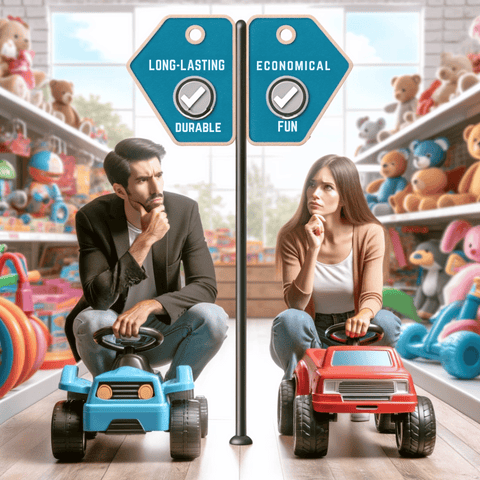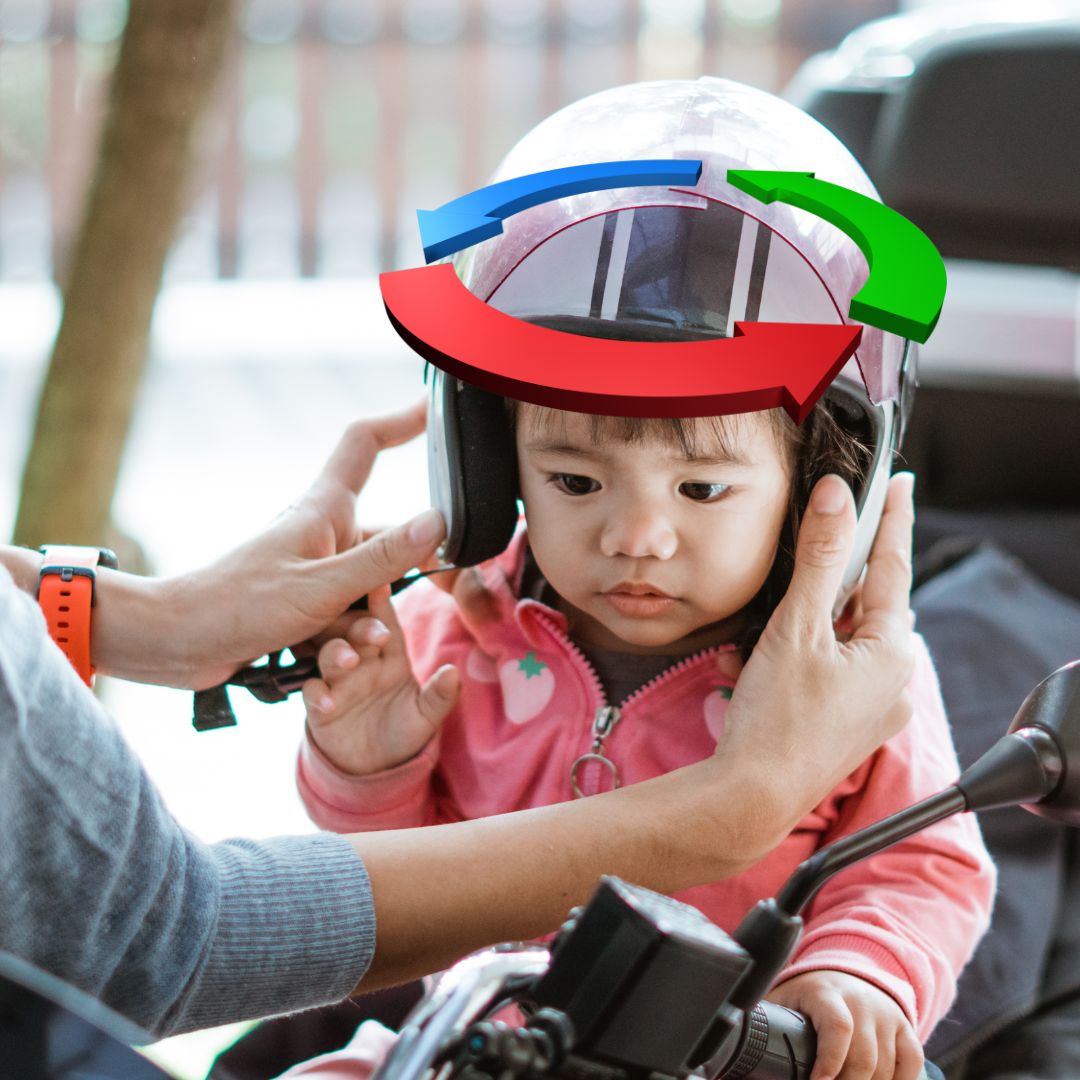Updated: 25.4.25

If you're considering an electric ride-on car for your child, it's essential to know how to properly care for the battery that powers it.
One of the most common issues with electric ride-on cars is battery failure. When the battery dies, the car may stop moving, lose sound, or fail to turn on entirely.
Thankfully, a few simple maintenance steps can prevent issues or help you troubleshoot a dead battery and get your child back behind the wheel in no time.
1. How Old Is Your Battery?
Battery lifespan matters. Most ride-on car batteries last 1–3 years depending on use and storage. If your car is several years old, the battery may simply need replacing.
We recommend buying a new battery from the original retailer, especially to ensure compatibility with your specific model.
If your electric car is new or under a year old, it's worth exploring other causes before assuming the battery is dead.
2. When Was the Battery Last Charged?
Electric ride-on cars require regular charging to stay in top condition. Unlike a smartphone battery, most ride-on cars use lead-acid or NiCd batteries that need full, consistent charges.
Leaving the battery uncharged for long periods can cause it to stop holding power altogether. Always follow the manufacturer’s guidance on charge time.
Once fully charged, unplug the charger and store the battery in a cool, dry place.
Another possible issue could be with the motor control board (also known as the motherboard). Moisture or electric shorts can damage it, causing the battery to appear faulty.
3. Have You Stored It Properly?
Storing your ride-on car in a cool, dry place is crucial. Avoid garages, sheds, or outdoor areas where temperatures or humidity fluctuate dramatically.
For best results, store the vehicle indoors—such as under the stairs or in a cupboard. Moisture can corrode battery connectors and damage the cells.
Learn more: How to Store Your Kids’ Ride-On Toys

4. Are You Letting It Run Completely Flat?
Allowing the battery to fully discharge regularly can lead to permanent damage. Ride-on batteries are not designed to go completely flat.
As soon as the motor starts slowing or losing power, recharge the battery. This prevents total discharge and extends battery life.
If the battery seems completely dead and won't take a charge, contact us at hello@riiroo.com for support.
5. Is It Safe to Use With a Flat Battery?
No. If the battery is nearly flat, we don’t recommend using the car. It could damage the battery or the vehicle’s electronics.
6. Does This Apply to All Ride-On Cars?
Yes. Most ride-on toys use lead-acid batteries, which require regular full charges and proper care. Some may use NiCd or other types, but the principle is the same.
7. What About the Remote Control Battery?
The remote control often uses AA or AAA lithium or NiMH batteries. These degrade slower but should still be removed when not in use to prevent leakage or drain.
Store them separately and check them every few months for corrosion or damage.
Wrapping Up
Battery issues are one of the most common reasons parents contact us within the first six months of owning a ride-on car.
Following the proper storage and charging guidelines will help keep your child’s ride-on car running smoothly. If in doubt, don’t hesitate to reach out!
Need a Replacement Battery?
If your ride-on car battery needs replacing, we've got you covered! Check out our full range of replacement batteries perfect for your model.


![Has My Battery Run Flat on My Kids Ride On Car? [A Parents Guide]](http://riiroo.com/cdn/shop/articles/maintaining_a_ride_on_car_battery_39692d18-fd7b-4a8e-ab00-7c0f35700968.jpg?v=1745920957&width=1280)



Share:
How Fast Do Ride On Toys Go? [A Parents Guide]
How Long Does It Take to Charge a 6v, 12, or 24 Volt Ride-On Toy?